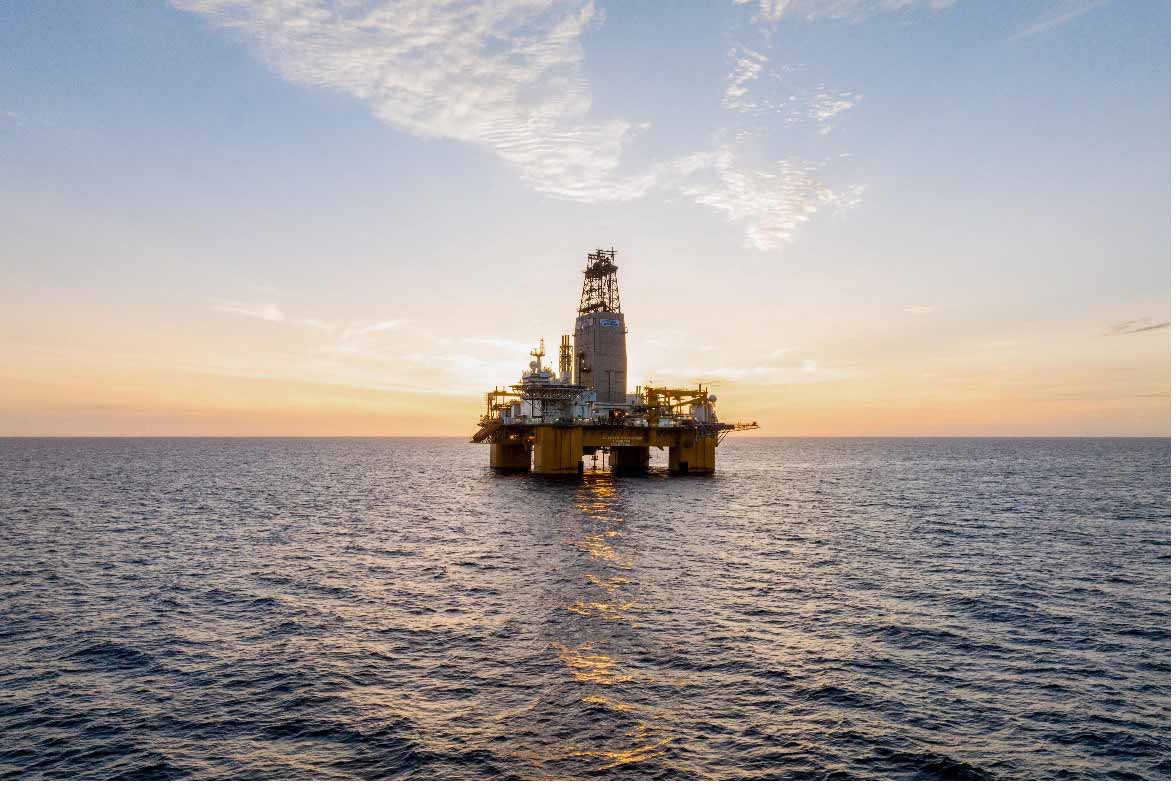Q&A: Addressing the Challenges and Opportunities of Oil and Gas Decommissioning
Published: 06/09/2025
Q&A: Addressing the Challenges and Opportunities of Oil and Gas Decommissioning
Published: 06/09/2025
With an increasing number of wells due to be decommissioned between today and 2030, the technologies, workflows and modular solutions enabling environmentally safe, compliant, efficient and cost-effective abandonment are top of mind. We sat down with SLB’s Integrated Production Solutions Director Redha Kelkouli to discuss the challenges and opportunities of the final chapter of an asset’s life.
What can you tell us about the current well abandonment market?
A significant portion of oil and gas production comes from mature fields. While operators focus on advanced recovery methods to extend their producing life, it’s also time to think about safe decommissioning. A central element to decommissioning is what we call plug and abandonment (P&A) of wells, which is essential to maintaining their long-term integrity, therefore protecting the nearby environment and communities from any hydrocarbon leakage. The decommissioning spend is forecast to increase 25% over the next five years, which represents an interesting opportunity for us to look at this market holistically and enhance our offering in collaboration with key stakeholders.

What are the biggest challenges when planning and delivering decommissioning operations?
The first and most pressing challenge is cost. This is the phase of the life cycle of a well that operators hope to delay as much as possible, as it represents a significant expenditure investment without generating revenue. Our key focus is to deliver cost-effective plug and abandonment solutions that maintain safety and environmental standards. But it is hard to predict the cost of such an operation when well data dates back decades or when heavy intervention is needed before a well can be plugged and abandoned. The subsurface conditions and operational complexity are therefore the second and third big challenges we can highlight.
P&A has come a long way in the last several years. Today, we can use AI to analyze historical well data to build more effective well engineering plans, faster. This really helps to bring down overall costs at the front end of a P&A project.
What is the role of technology in solving the challenges of abandonment?
Technology is key. It helps solve critical challenges particularly in areas like barrier verification, multi-string logging and rig-less intervention. We are a technology-first company, and we actively collaborate with other technology innovators to solve challenges together and bridge technology gaps to enhance the decommissioning process.
Our intervention portfolio is one of the broadest in the industry; however, we recognized several years ago that a technology breakthrough was needed to reduce both time and costs. This became a reality when we commercialized dual-string barrier evaluation, a flagship technology under our P&A services. This solution powered by sonic and ultrasonic measurements makes it possible to evaluate barrier integrity without removing the inner pipe — which always had to be done in typical P&A before. In cases where the inner and outer casing have maintained perfect integrity, we can proceed to plug and abandon, fully rig-less. With this, we can shorten a P&A campaign from weeks to days.
That’s really innovative — what are some of the other technologies in your toolbox?
We have also introduced and proven the effectiveness of cutting-edge cementing solutions especially designed for well abandonment, ensuring the longevity of well seals.
The integration of digital solutions into plug and abandonment campaign is also what drives significant efficiency. AI, machine learning or predictive analytics enable us to automate and streamline key processes including data mining, barrier analysis, leakage probability assessments — this is powerful to enhance operational efficiency, minimize human error and derisk the operation. Our proven experience leveraging all our digital operations and data analytics capabilities in development and production gives SLB a true advantage in this space.
Every plug and abandonment campaign is different though; sometimes we need to bridge a technology gap or bring in new capabilities. This is when alliances, partnerships and collaboration bring additional value and solve the equation.
Alright, so technology is one piece of the answer, but partnerships are key. Can you elaborate?
Absolutely. I would say, technology can answer specific challenges within the plug and abandonment workflow. Partnerships have the potential to be the ultimate, end-to-end solution to plug and abandonment challenges across all environments, from land and shallow waters to complex subsea operations. I think looking at decommissioning as a continuation of an asset life cycle and adopting a holistic approach — much like we do in earlier production and recovery stages — holds tremendous value. For one, reducing interfaces under an end-to-end project reduces interfaces from engineering to delivery, increases operational efficiency, all the while reducing safety risks and managing costs.
We have decades of experience in integrated well construction that has proven this. An end-to-end process helps service providers bring in technology and services from industry partners to make a project even more efficient, whether it is to guarantee efficient and safe well access or bring in advanced solutions and technologies for subsea interventions. SLB has long fostered industry-wide collaboration to share expertise, develop new technologies and explore collaboration models that enhance project outcomes for all parties.
With our Plug and Abandonment services, we can provide targeted, modular and up to fully integrated plug and abandonment services. This range and flexibility enables us to always find the answer operators are looking for.

